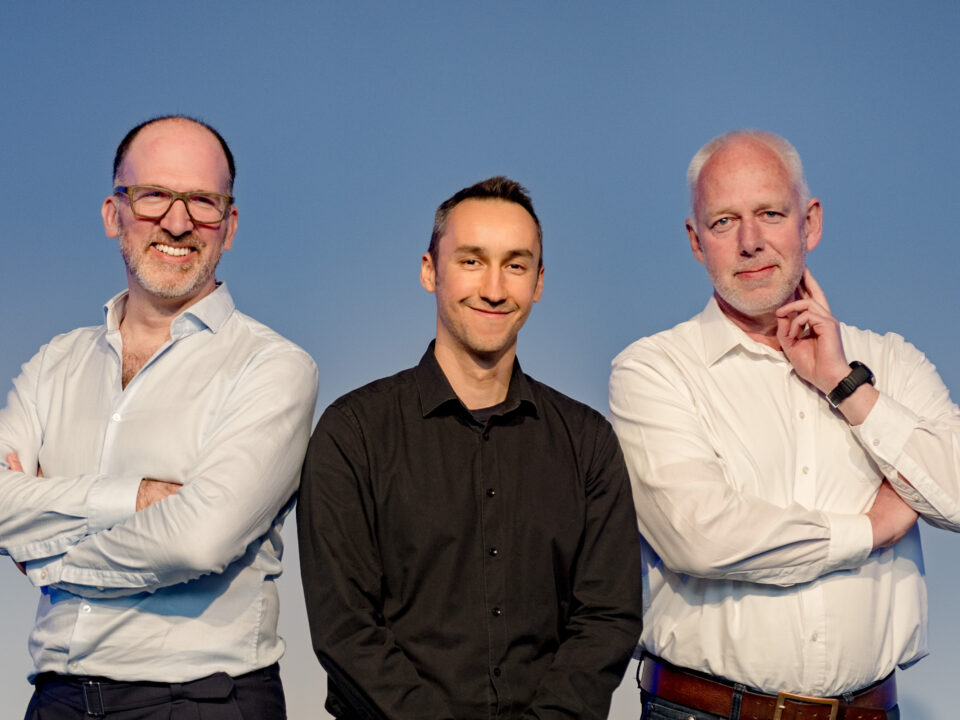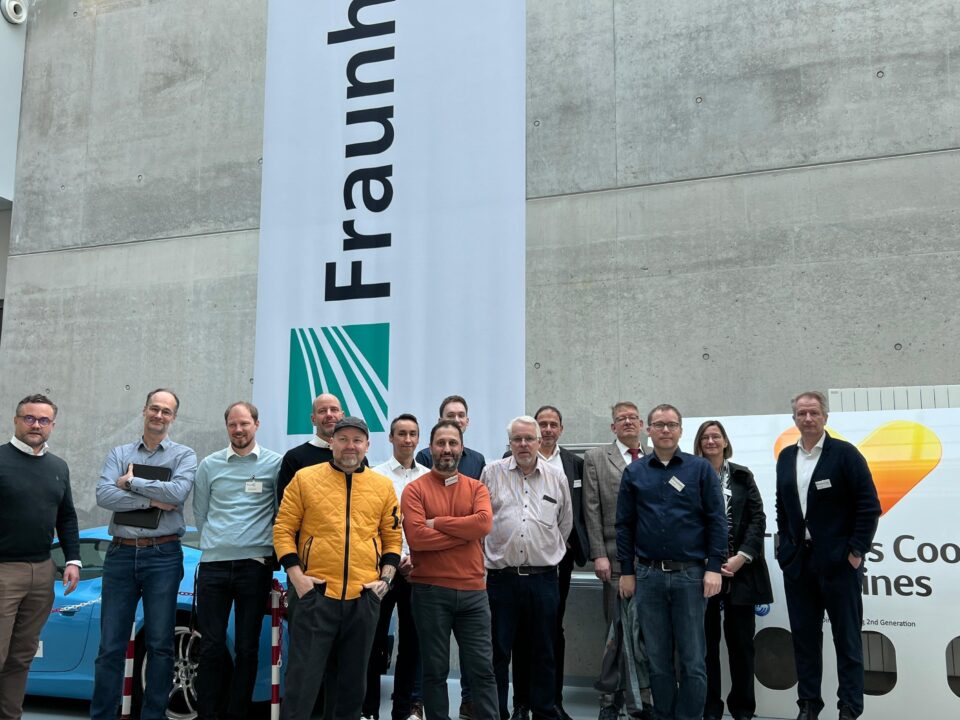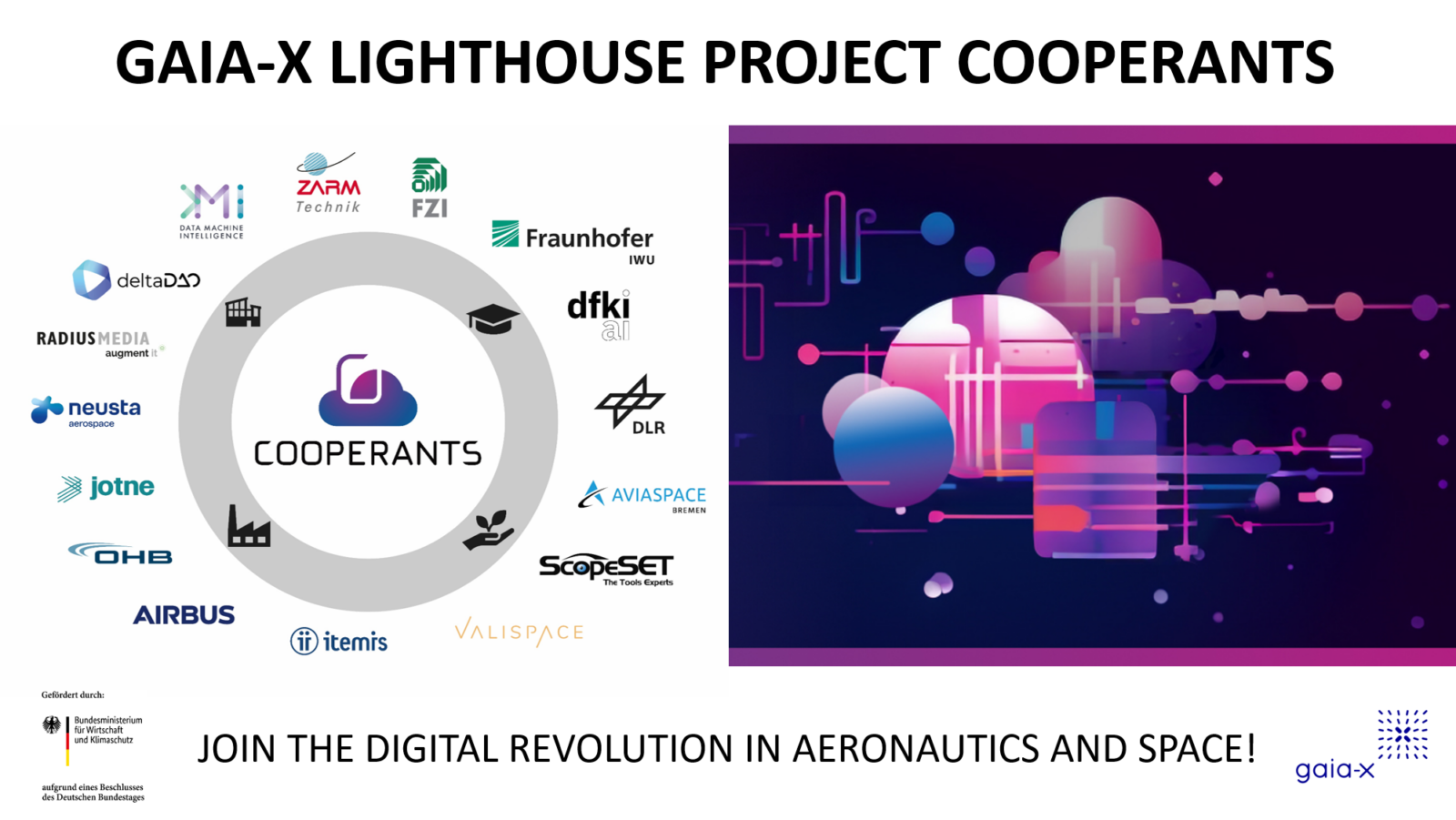
COOPERANTS presents at DLR Conference „Digitalisierung der Raumfahrt“ 2023
04.05.2023
COOPERANTS presents itself at Cloud Expo Europe
11.05.2023Bremen startup “Flucto” uses location and time data from Galileo GNSS to make the installation of offshore wind farms easier, faster and safer. Now in its third year, the company has just graduated from the ESA BIC incubation programme and is acquiring its first roster of customers.
Building offshore wind farms
It was back in 2020 that Flucto founders Aljoscha Sander and Andreas Haselsteiner recognised the huge challenges involved in the installation of offshore wind farms. The many huge parts need to be installed with absolute accuracy out in the open ocean, but the water, the wind and the sheer size of the parts means that they move in an unpredictable way during installation. They saw that it was extremely hard to predict how long it would take to built a wind farm installation.
With their multipurpose sensors Flucto is on a mission to change this. The sensors, housed in a case the size of a tupperware box, are attached to the different wind turbine parts during installation. Through the use of space data, they measure the orientation and position of their respective parts within space and time. This means the different wind turbine parts can be positioned and installed much more accurately.
Optimising the installation of offshore wind farms using space data
Flucto’s new product is called Optical Pile Tracking. The “pile” in the name refers to monopiles which during installation are driven into the seabed with specialised hammers. During Optical Pile Tracking Flucto trains new camera-based sensors to observe optical features on the outer surface of the monopile (common sensors cannot be attached to the monopile during installation; Sander says this would be unworkable due to the “1000 times stronger than gravity” force used drive the monopile into the seabed). The resulting data indicates how the monopile is behaving during installation, such as how deep it is, whether it has hit any obstacles and how fast the monopile is driven into the seabed.
Flucto believes that this sensor data can also help to avoid a pile run, something which Sander describes as “catastrophic” during the installation process. This occurs when the vibrations caused by the hammer on the monopile move into the surrounding sand, causing it to turn to quicksand. A pile run can lead to severe damage of the installation vessel and in some cases to complete loss of the monopile itself.
“Our goal is to make the installation process more predictable so that companies can plan better and execute faster, and in the safest way possible.” says Aljoscha Sander.
Space meets wind
Flucto sensors rely on Europe’s Galileo satellite navigation system for accurate location data, and even more crucially for an accurate external time signal. “We have multiple sensors all supplying data and we need both location data and an external time source for synchronisation. Galileo provides us with this very accurate information.” adds Aljoscha Sander. “The maximum accuracy system comes online in 2024 and we are really excited about this.”
Latest achievements
Flucto has already won recognition for their work. The startup was awarded the Galileo prize in 2020 and in February 2023 has graduated from the ESA BIC Northern Germany incubation programme. They used the support received during the ESA BIC incubation process to produce a first working product which helped them to find their first customer. “This was invaluable to us.” comments Sander.
The Bremen startup has since added a further four customers to its roster, including two multinational corporations involved in wind farm installations and two universities which utilise Flucto’s open source designed sensors.
Offshore wind installations: a niche business
Sander, admits that the business case is somewhat complicated. “The field is incredibly niche. We offer a service, we send personnel to the vessels who take measurements using our sensors. To bootstrap we also provide staff to work on the installations as technicians. Working directly on installation vessels is important for us, if we want to improve installations, we have to participate in them and get our hands dirty to understand how it is done.”
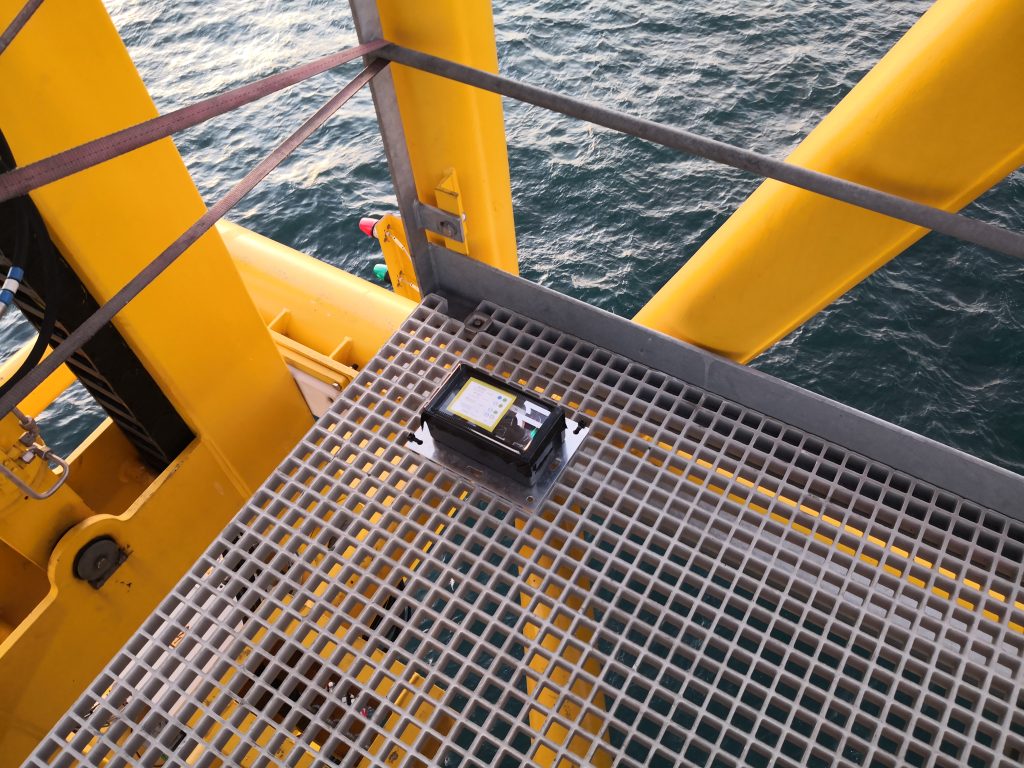
Picture 1: The sensors used as part of the SKILLS project. (© Matthias Barbei, Aljoscha Sander)
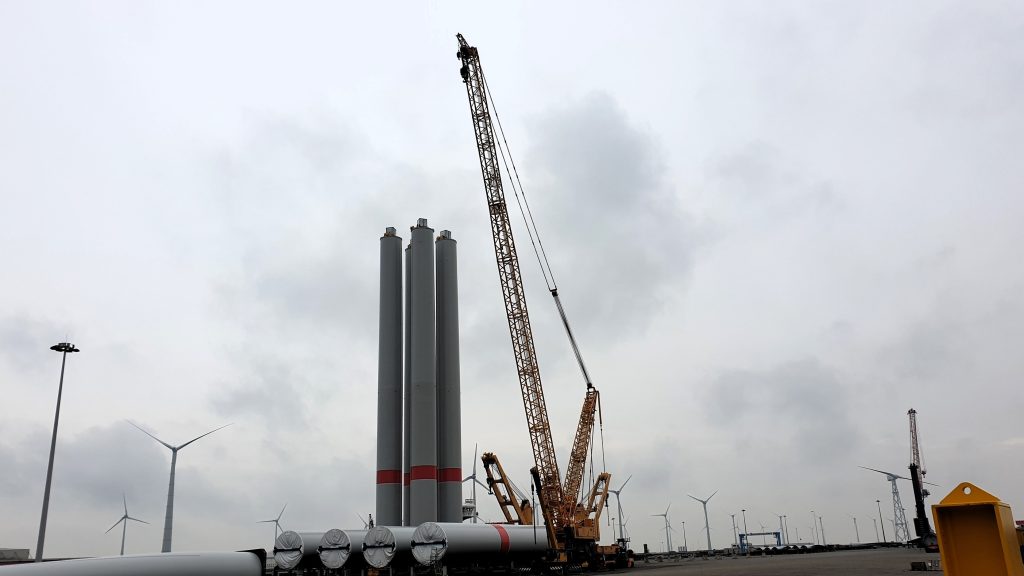
Picture 2: Sensors are located on top of the towers. (© Aljoscha Sander)
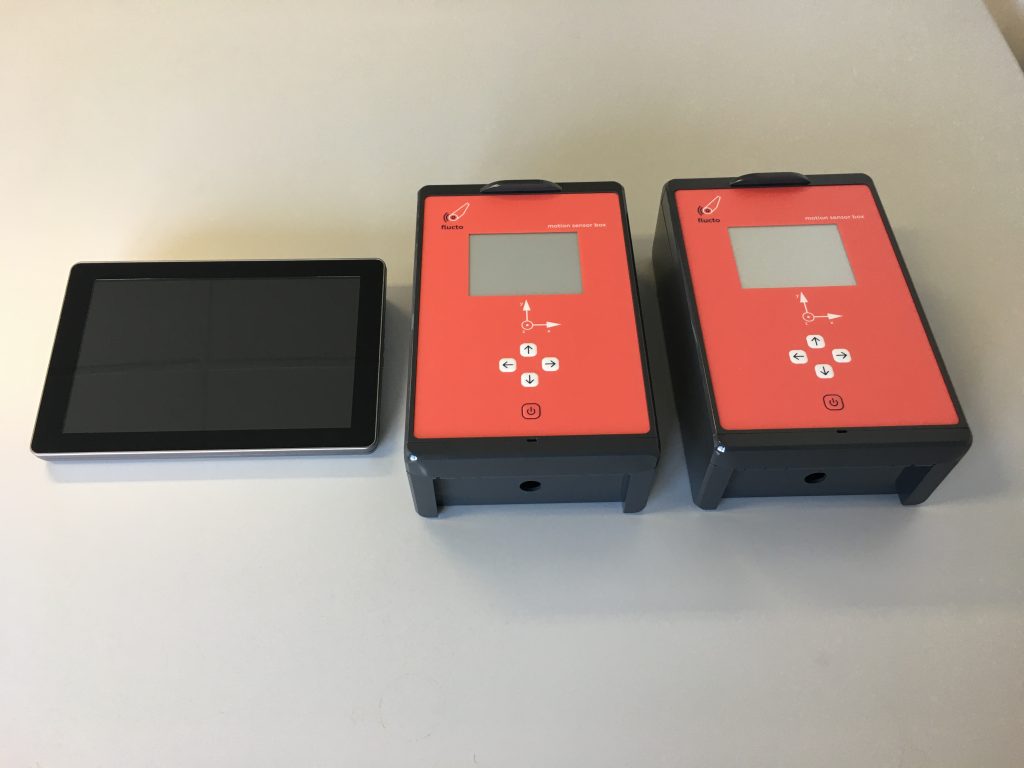
Picture 3: The current design of the Flucto sensor. (© Flucto GmbH)
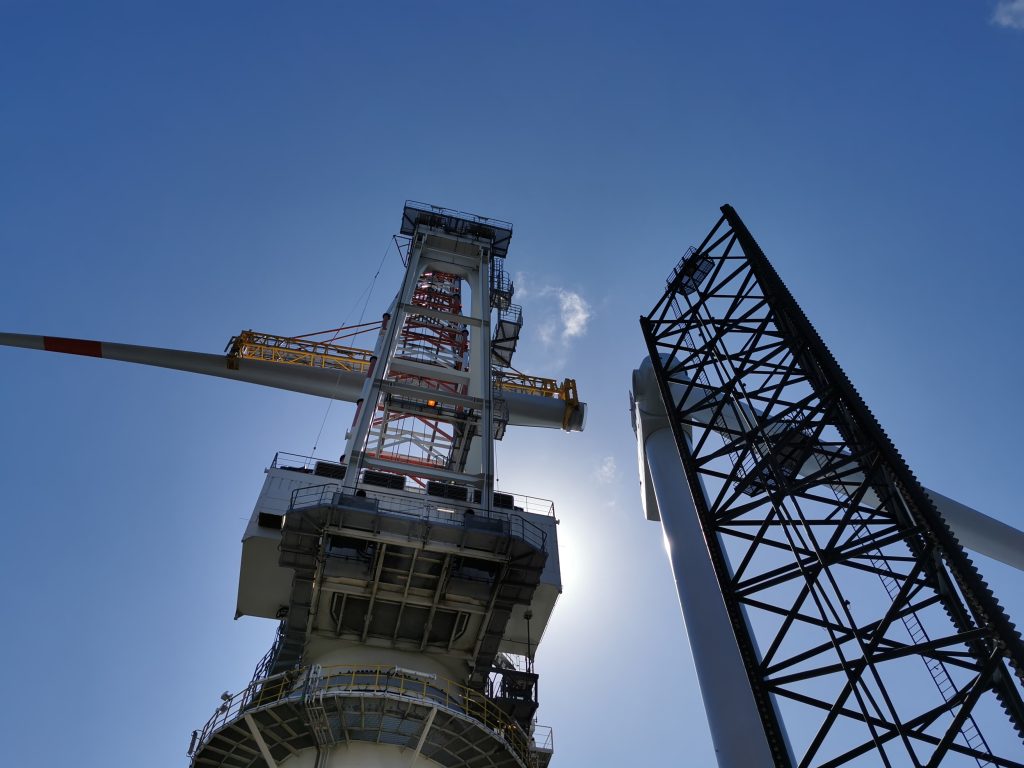
Picture 4: Rotor blades. (© Sebastian Czerwon, Aljoscha Sander)
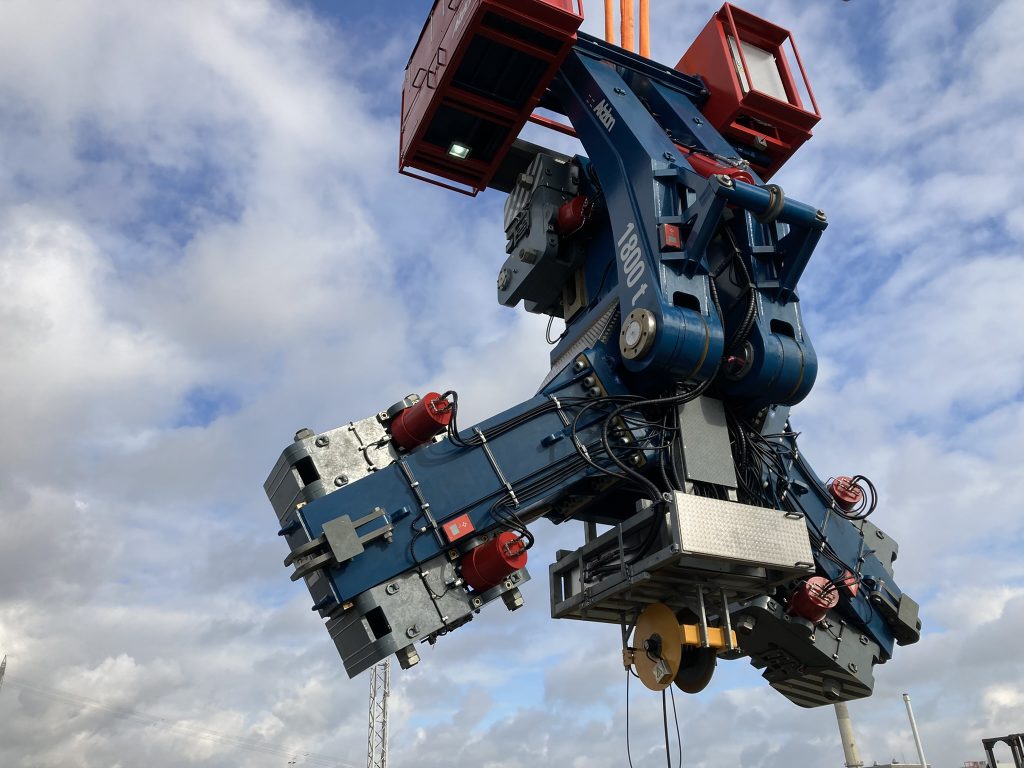
Picture 5: Flucto’s sensors at three different points on a monopile grab. (© Flucto GmbH)
About ESA BIC Northern Germany
The Incubation Centre of the European Space Agency in Northern Germany (ESA BIC Northern Germany) is headquartered jointly with the Bremen aeronautics and space industries association AviaSpace Bremen at the BITZ, the largest innovation and technology centre for high-tech companies and startups in Bremen. The ESA BIC Northern Germany brings new startup opportunities to the region and thus strengthens the aeronautics and space sector in the German federal state of Bremen. AviaSpace Bremen supports the incubatees with its network, public relations work and targeted coaching not only during the incubation period, but also afterwards as alumni. Starthaus is the central point of contact in the Bremen startup ecosystem and supports the startups on all issues relating to business development and financing. The ESA BIC Northern Germany is managed by Anwendungszentrum GmbH Oberpfaffenhofen (AZO), an international networking and branding company for the European space programmes that also manages ESA BIC Bavaria with three locations in southern Germany.
Since 2021, ESA BIC Northern Germany has also been offering its service to space-related startups in Schleswig-Holstein. The Technikzentrum Lübeck with GATEWAY49, AviaSpace Bremen and AZO jointly operate this extension of ESA BIC Northern Germany. There are also plans to extend ESA BIC Northern Germany to the northern German federal states of Hamburg, Lower Saxony, Mecklenburg-Western Pomerania and Berlin-Brandenburg.






